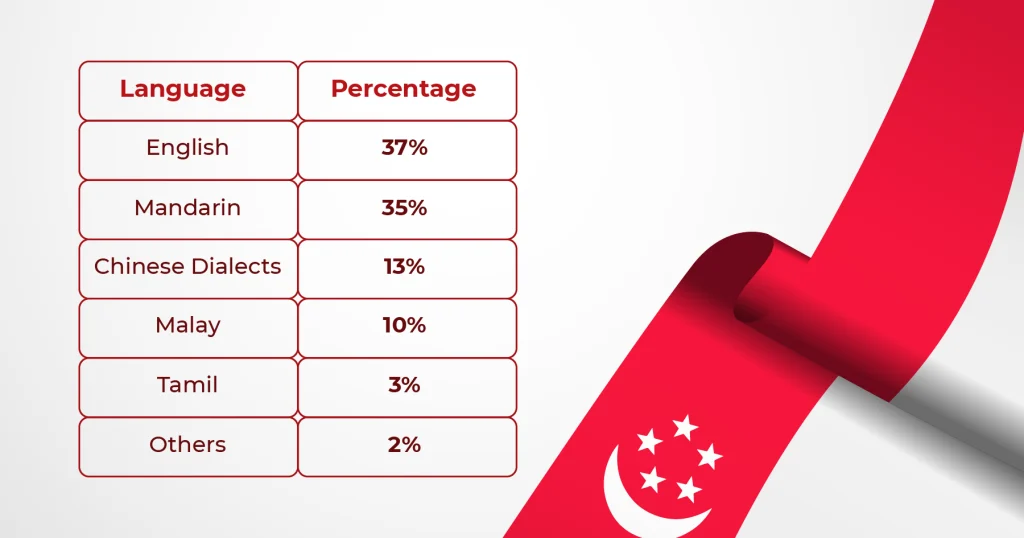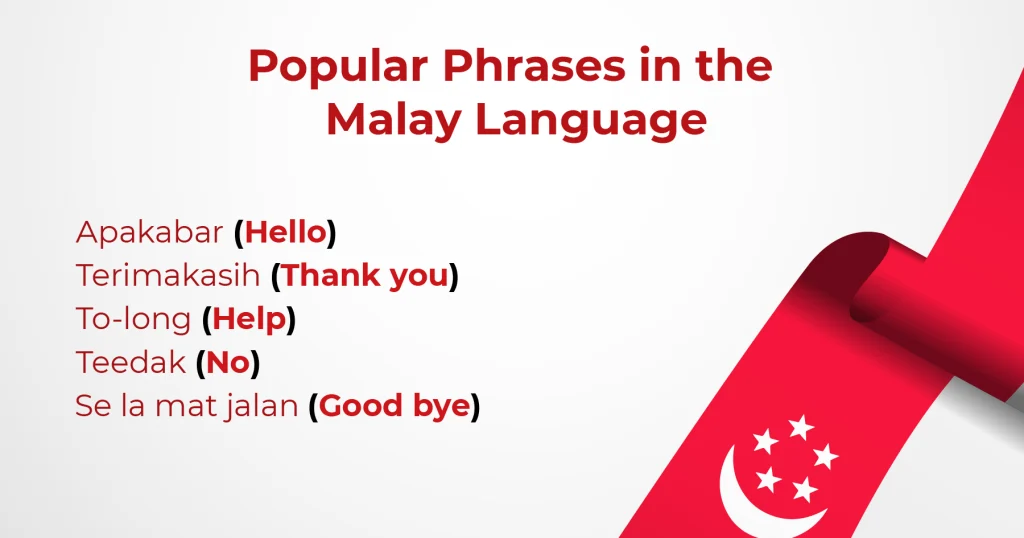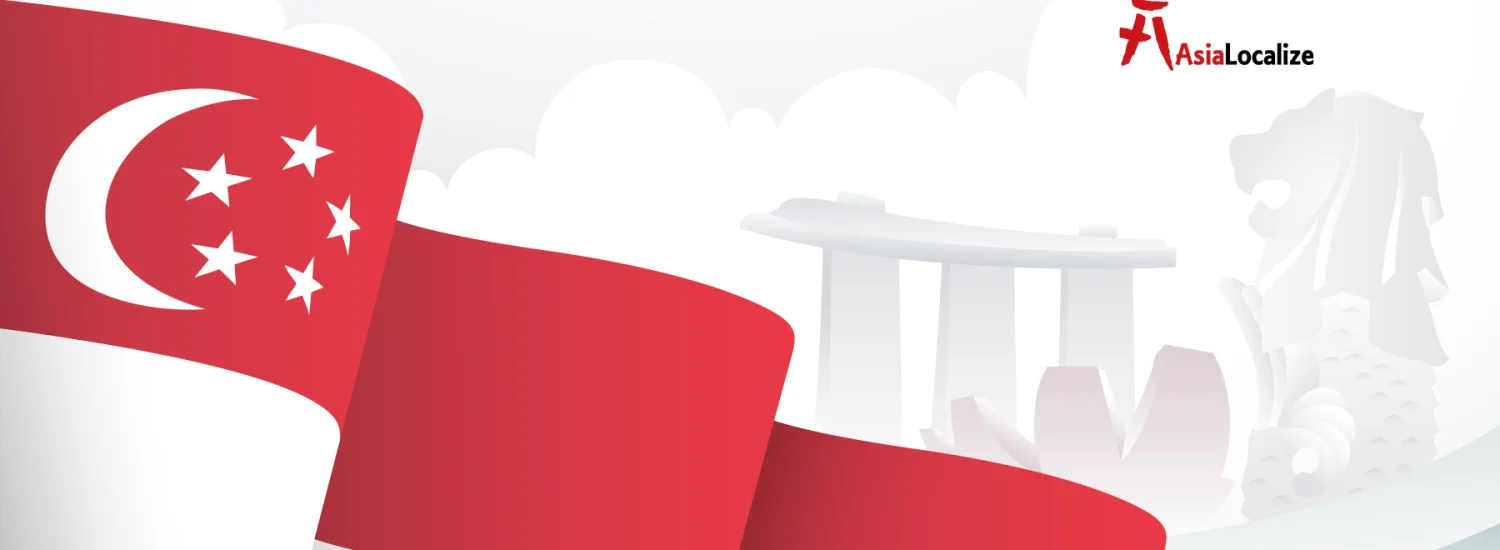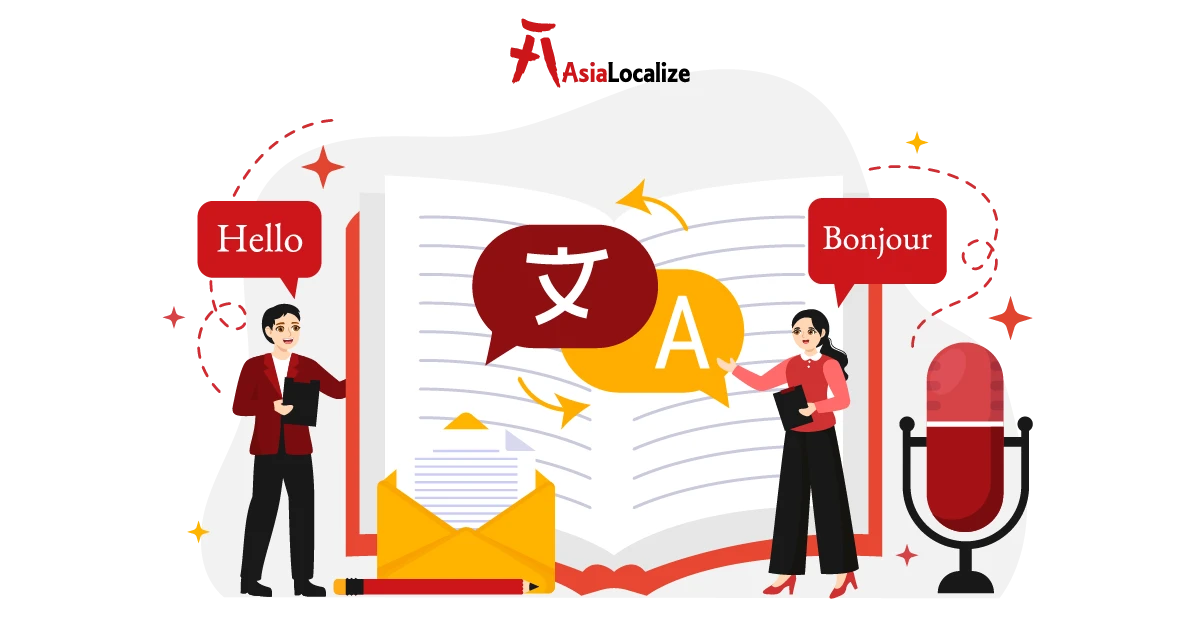With four official languages and other minority languages spoken in Singapore, Singapore’s linguistic landscape is diverse despite being one of the smallest countries in Asia.
The history can be traced back to the period when the Malay population was under British colonial rule for 48 years. It was during this time that traders from China, India, Sri Lanka, and other regions began to settle in Singapore, contributing to the diverse linguistic and cultural landscape we see today.
This article delves into the linguistic world of Singapore, sharing all you need to know before entering this affluent market.
Singapore’s Four Official Languages
Malay, English, Mandarin, and Tamil are the official languages in Singapore. Each language plays a significant role in shaping the country’s cultural and administrative landscape. Let’s take a detailed look!

1. English
English is the lingua franca of Singapore, serving as the language of choice for Singapore government proceedings, educational instruction, and business interactions.
British English is the most used variety in the country as a former British colony.
Actually, 32% of the Singaporean population speaks English as their mother tongue. 70% can communicate in English due to the country’s bilingual education policy, which requires teaching students English alongside their native language.
2. Mandarin Chinese
Mandarin Chinese is one of the official languages of Singapore, spoken by 35% of the population. Singaporean or Malay Mandarin, also known as Huáyǔ, is used heavily in daily interactions and classrooms.
With the decline of the usage of Mandarin due to the growing usage of English, the Singapore government initiated the Speak Mandarin Campaign in 1979 to encourage the widespread use of Mandarin Chinese among the Chinese population—the campaign aimed to promote Mandarin as the standard language for communication among the different Chinese dialect groups.
It has contributed to the gradual decline in the daily use of Chinese dialects such as Hokkien, Teochew, Cantonese, and Hainanese in Singapore.
At the same time, the Chinese language was exclusively taught in schools, causing younger generations to become more proficient in Mandarin than in their ancestral dialects.
3. Malay
Although Malay is the national language of Singapore, it’s only spoken by 13% of the population. Bahasa Melayu is the standardized Malay version used in Singapore.
The Singaporean Malay is written in the Roman script known as Rumi. However, earlier, it was written in Jawi script based on Arabic.
Its significant influence is evident in official documents, road signs, and the national anthem of Singapore, contributing to the country’s vital national identity.

4. Tamil
After a considerable number of Indians from the state of Tamil Nadu moved to Singapore, Tamil became one of the official languages of Singapore.
According to the population census in 2010, 9.2% of Singaporeans are Indians.
Tamil is taught in schools, along with the option to study other Indian languages such as Bengali, Gujarati, Hindi, Punjabi, and Urdu.
The Linguistic Diversity within Singapore Beyond The Official Language
1. Chinese Dialects
Hokkien, Teochew, Cantonese: Hokkien, Teochew, and Cantonese are among the various Chinese dialects spoken within the Chinese ethnic groups in Singapore.
Historical Significance: They have deep historical roots in the Chinese population of Singapore and continue to be spoken by the older generation. However, their usage has declined over the years due to the government’s emphasis on Mandarin Chinese as the primary language for communication.
Cultural Preservation: They serve as a medium for passing down traditional customs, values, and practices from older generations to the younger ones.
2. Other Indian Languages
Punjabi, Hindi, Bengali: Singapore is home to a diverse range of Indian languages, including Punjabi, Hindi, and Bengali, which are spoken by minority communities and reflect the diversity within the Indian population.
3. Singlish
Colloquial English Variety: Singlish is a colloquial variety of English unique to Singapore, characterized by its distinct grammar, vocabulary, and pronunciation. Singlish incorporates words and phrases from various languages spoken in Singapore, such as Malay, Hokkien, and Tamil.
Cultural Significance: Its usage in everyday conversations, media, and arts underscores its role in shaping the collective identity of Singaporeans and fostering a sense of belonging within the community.
Use in Different Contexts: Its relaxed and conversational nature makes it well-suited for everyday communication. It’s commonly used in informal and casual settings, such as conversations among friends, family gatherings, and local neighborhood interactions.
The Mother Tongue Policy and Multilingualism
Mother Tongue Policy
The Mother Tongue Policy in Singapore is a government initiative that requires students to learn a second language, known as their “mother tongue,” alongside English. The mother tongue language is based on the student’s ethnicity.
Rationale and Objectives
This policy aims to preserve the cultural heritage and language traditions of the different ethnic groups in Singapore.
Multilingualism in Practice
Singapore is known for its high levels of bilingualism and multilingualism, with many individuals speaking two or more languages. This is mainly due to Singapore’s bilingual education policy, which requires students to be fluent in their mother tongue and English.
AsiaLocalize
Do you want to speak the languages of Singapore? We have in-country native translators for every language who have at least 5 years of experience in your industry.
We select the perfect candidate for the designated task, allowing you to speak to the hearts and minds of your potential customers in the Singaporean market.
We also support our translators with the latest technology to produce consistent, high-quality results in the fastest turnaround times. And our processes are multi-layered to avoid any errors from occurring.
We support all types of projects across all industries, translating from/to 120 languages, including Tamil, Malay, English, and Mandarin. Not only that, we are experts in adapting your content to the cultural preferences of the target region and audience.
| Singapore comes with a lot of baggage, yet we are more than ready with over 12 years of experience in the Asian region. Get Started Now! |






